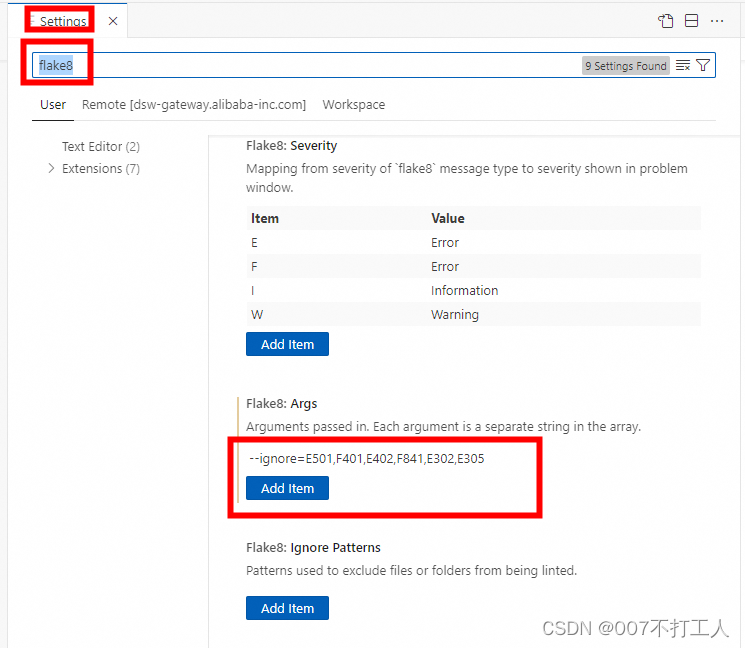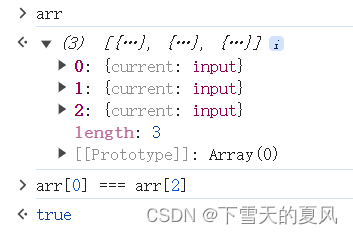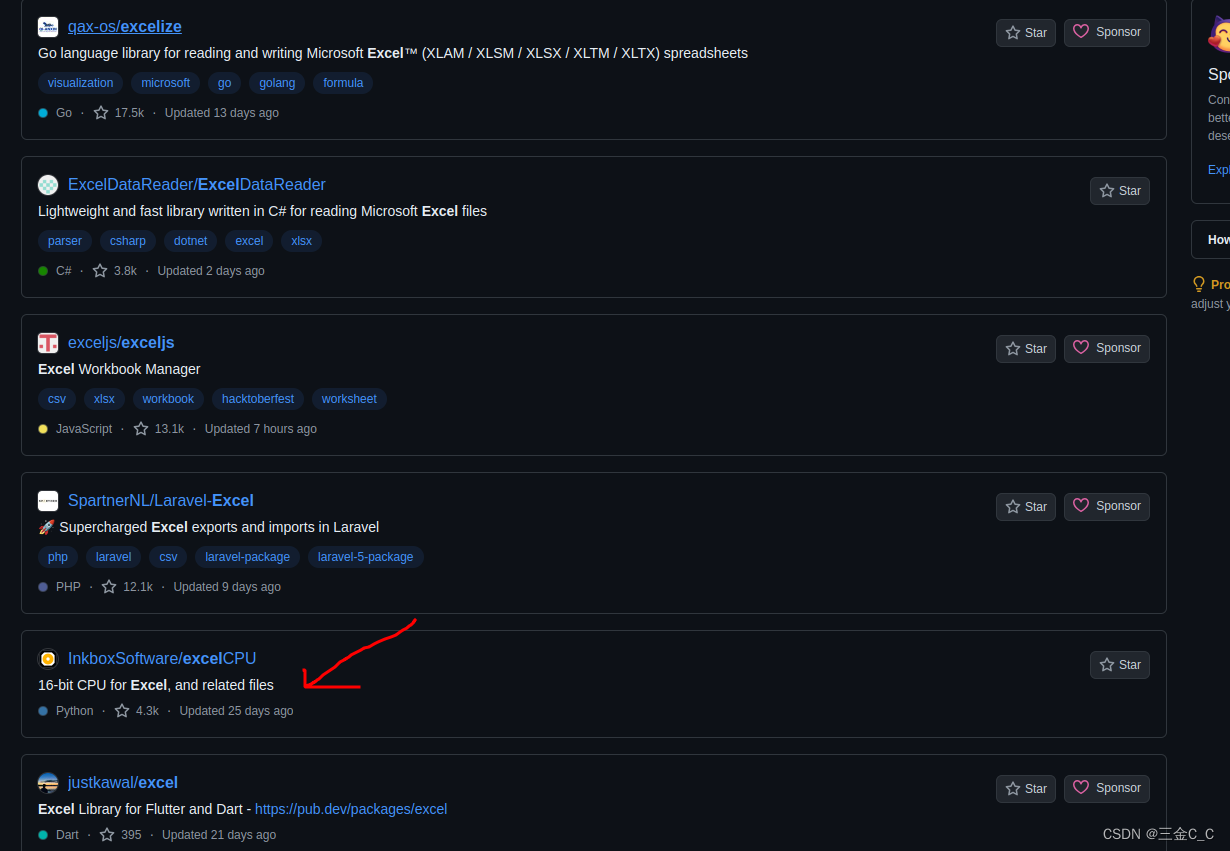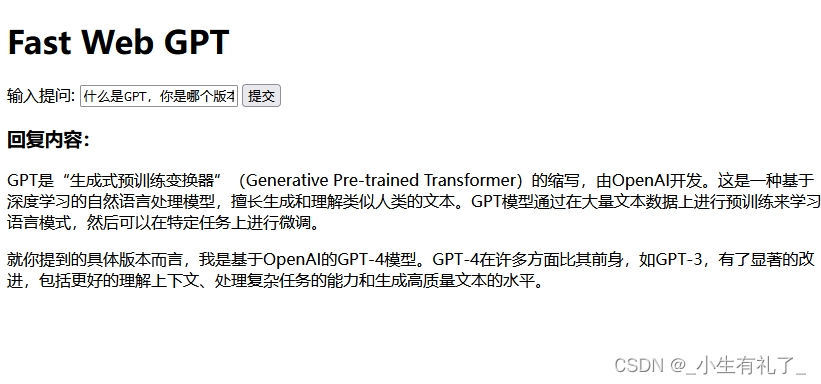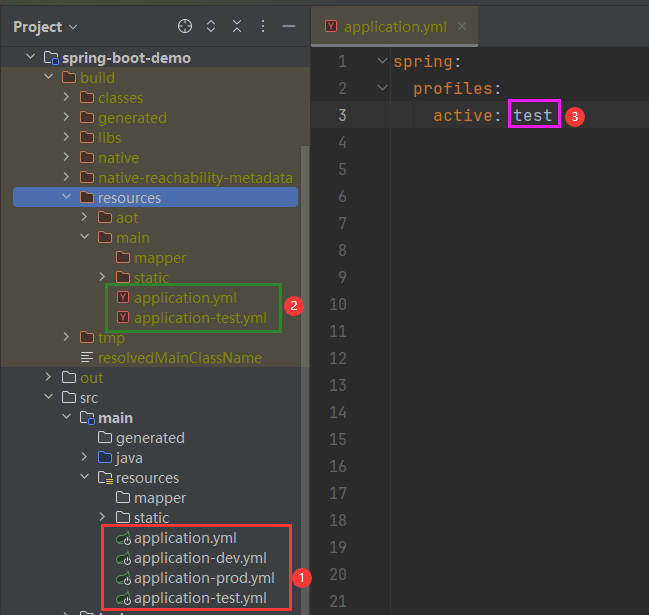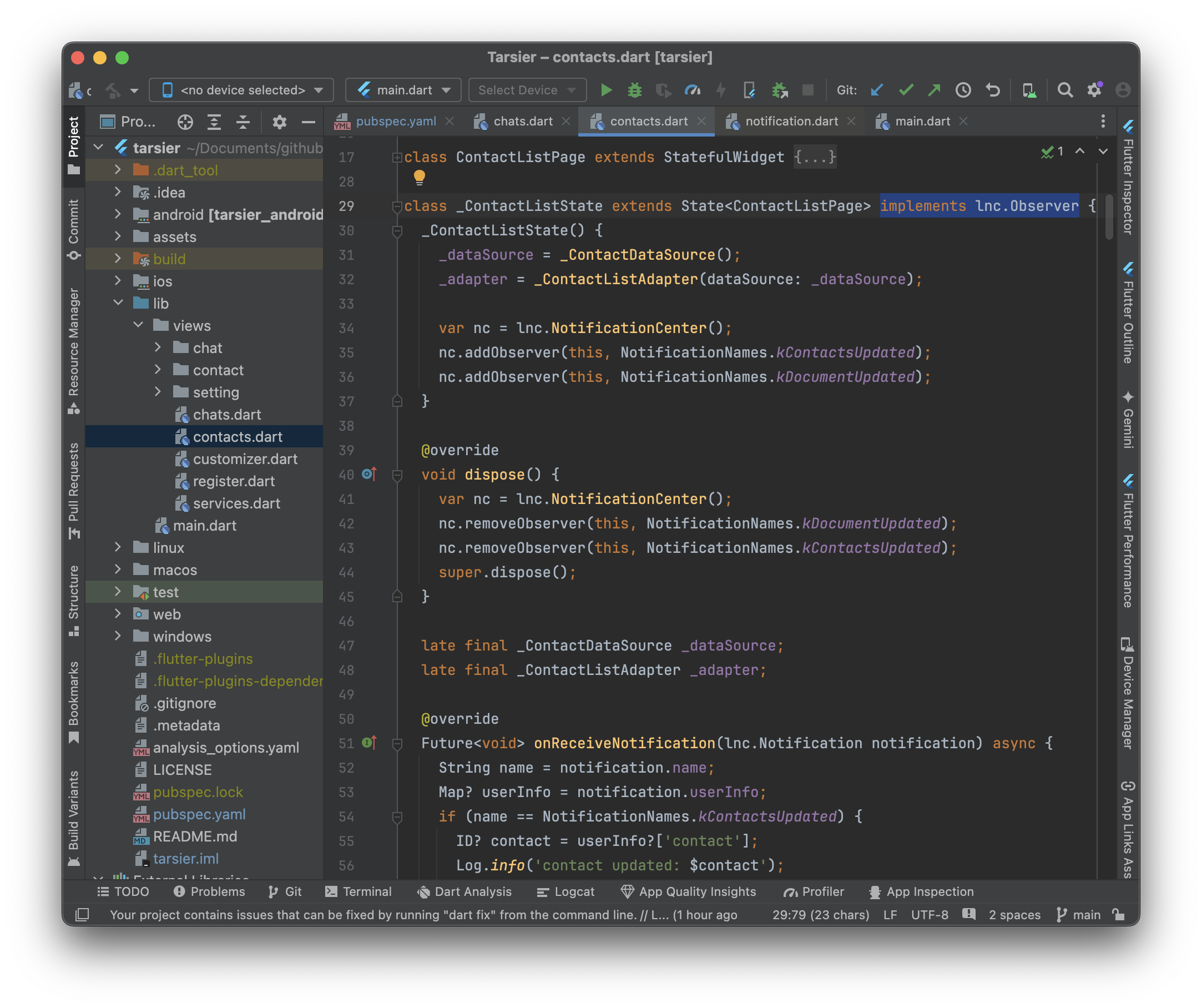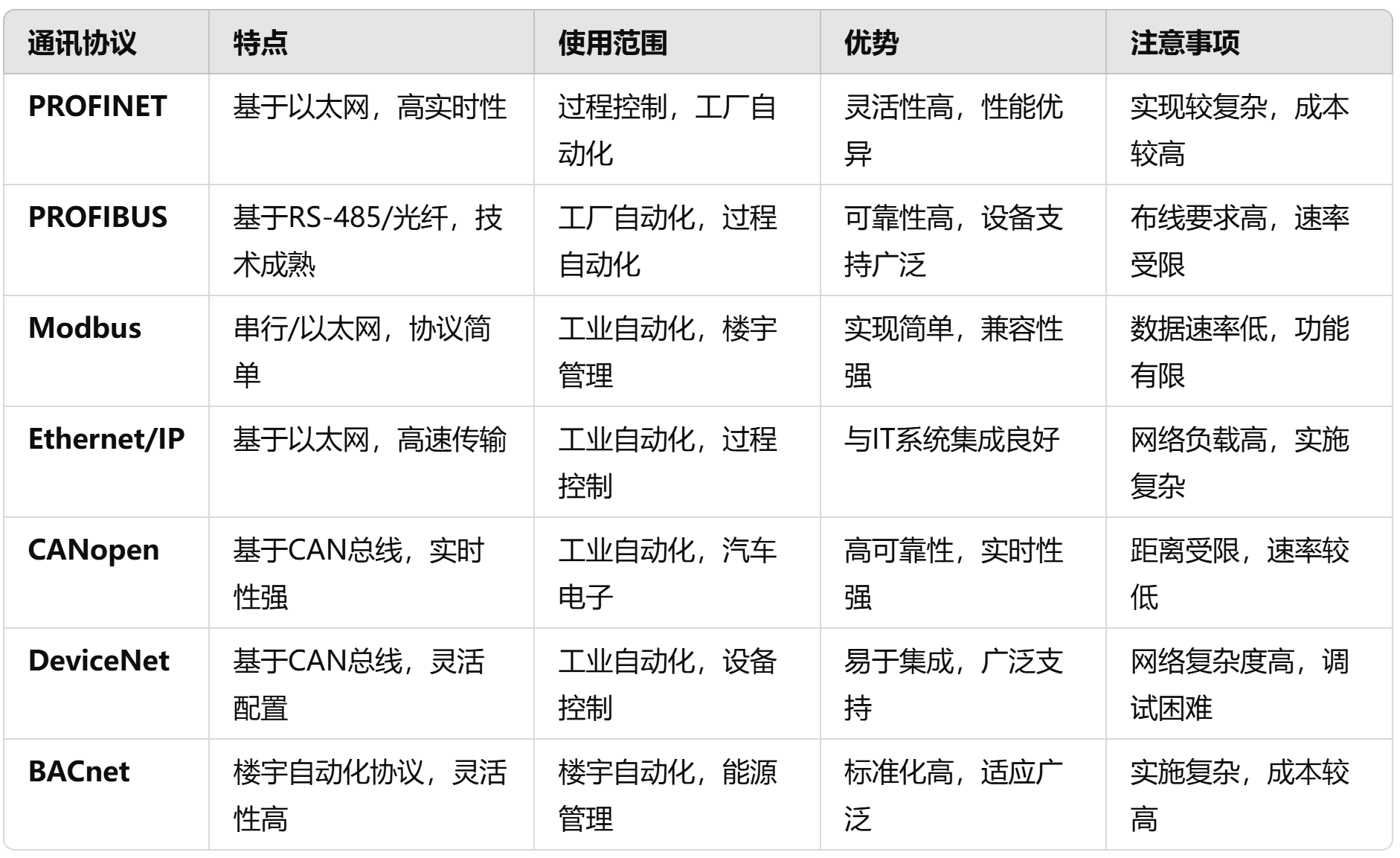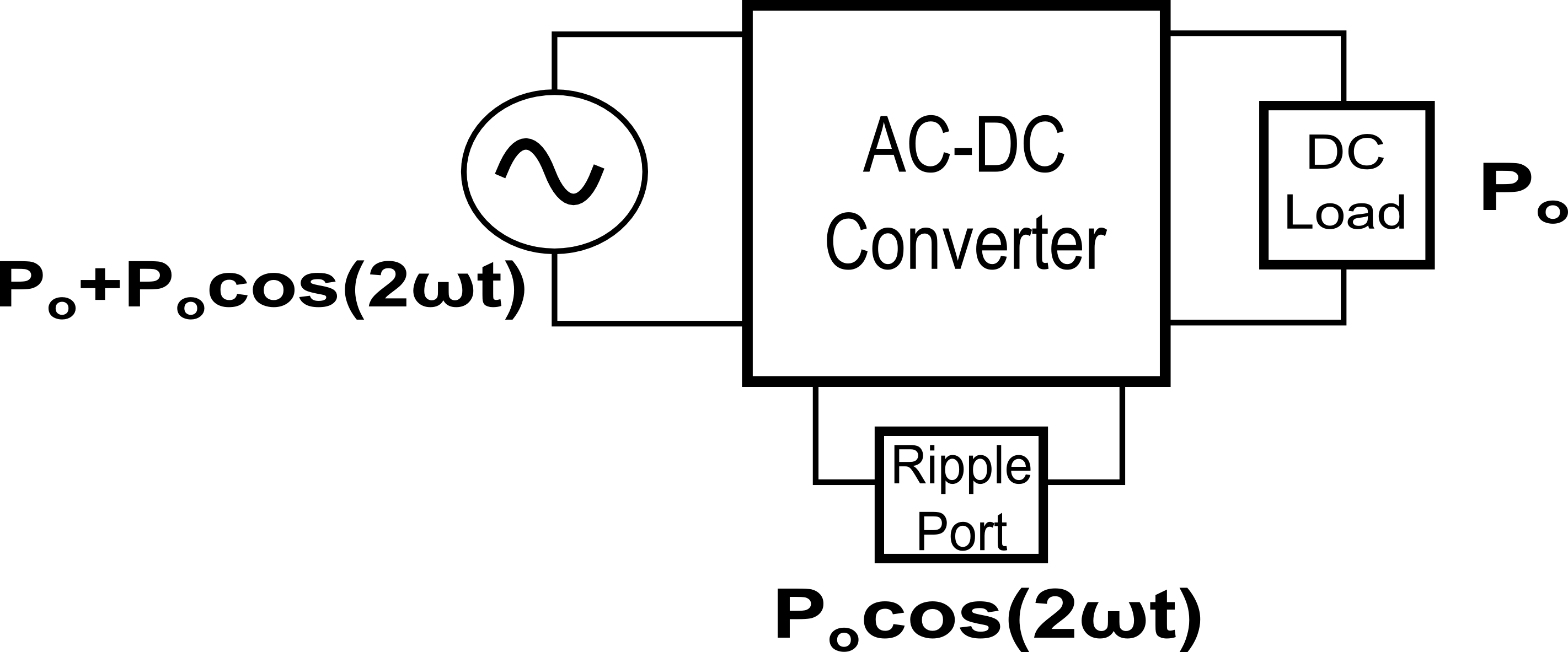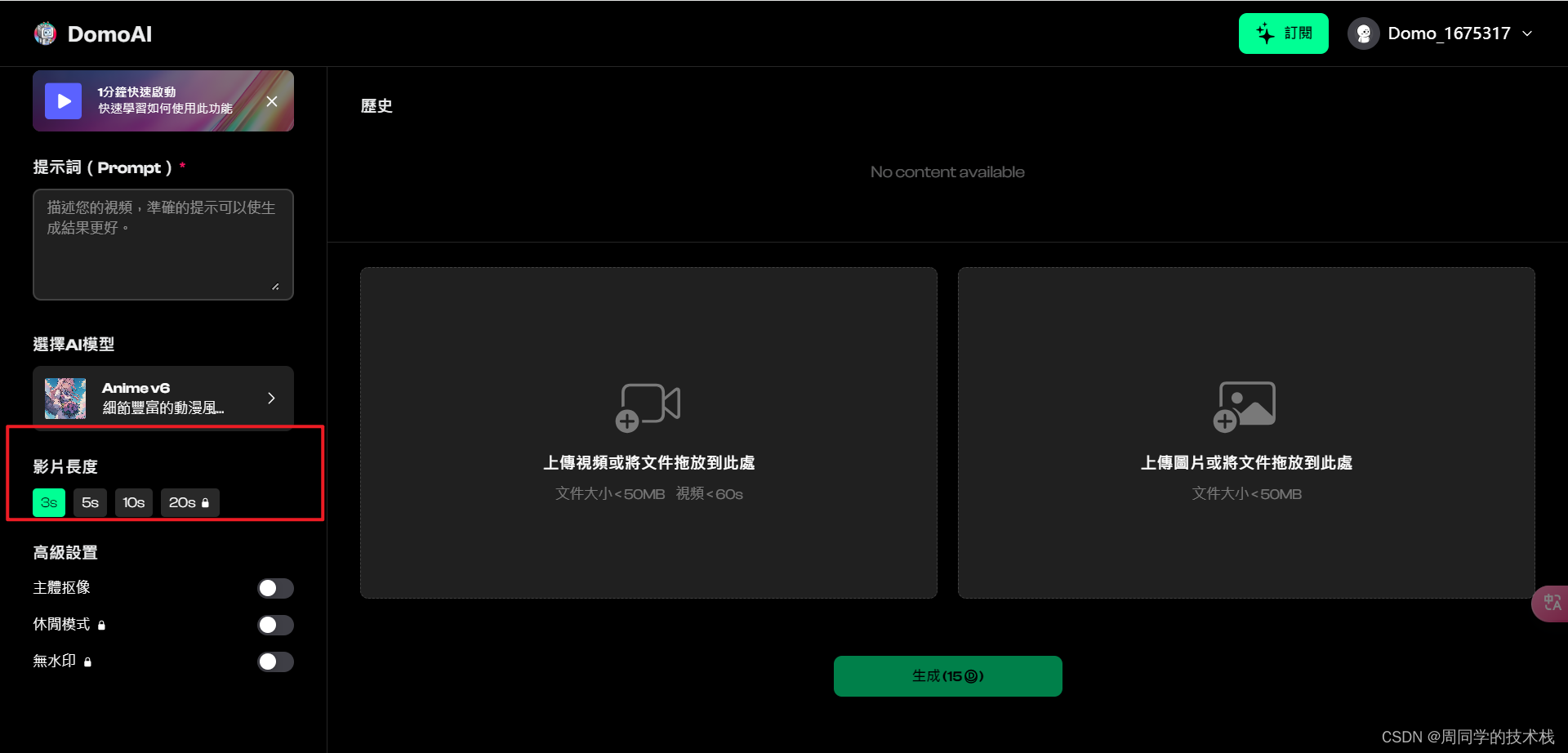目录
- 一、合并升序链表问题
- 二、题目:[21. 合并两个有序链表](https://leetcode.cn/problems/merge-two-sorted-lists/description/)
- 1、掌握dummy节点的技巧
- 三、题目:[23. 合并 K 个升序链表](https://leetcode.cn/problems/merge-k-sorted-lists/description/)
- 1、分治思维
- 1.1 插曲
- 1.2 [代码](https://leetcode.cn/problems/merge-k-sorted-lists/solutions/2811116/jiang-kge-sheng-xu-lian-biao-zhuan-cheng-yffa/)
- 1.3 分析这种解法的时空复杂度
- 1.3.1 时间复杂度
- 1.3.2 空间复杂度
- 2、优先队列
- 2.1 PriorityQueue的使用
- 2.2 本题代码
- 2.2.1 进一步优化
- 2.3 分析这种解法的时空复杂度
- 2.3.1 时间复杂度
- 2.3.2 空间复杂度
一、合并升序链表问题
- 合并升序链表问题是链表专题的经典问题。
- 我们需要掌握:dummy节点的技巧。
- 23. 合并 K 个升序链表在21. 合并两个有序链表基础上,还需要掌握如下技能:
- (1)分治思维。我们将合并K个升序链表转化为多次合并2个升序链表。归并排序也用到了分治思维。
- (2)优先队列(小根堆/大根堆)。维护一个序列的最小/大值。
二、题目:21. 合并两个有序链表
1、掌握dummy节点的技巧
- 在创建新链表时,定义一个dummy节点,在如下代码中,res便是dummy节点,因此,最后答案是:
return res.next;
/**
* Definition for singly-linked list.
* public class ListNode {
* int val;
* ListNode next;
* ListNode() {}
* ListNode(int val) { this.val = val; }
* ListNode(int val, ListNode next) { this.val = val; this.next = next; }
* }
*/
class Solution {
public ListNode mergeTwoLists(ListNode list1, ListNode list2) {
if (list1 == null) {
return list2;
}
if (list2 == null) {
return list1;
}
ListNode p1 = list1, p2 = list2, res = new ListNode(), p = res;
while (p1 != null && p2 != null) {
if (p1.val <= p2.val) {
p.next = p1;
p1 = p1.next;
} else {
p.next = p2;
p2 = p2.next;
}
p = p.next;
}
if (p1 == null) {
p.next = p2;
}
if (p2 == null) {
p.next = p1;
}
return res.next;
}
}
三、题目:23. 合并 K 个升序链表
1、分治思维
1.1 插曲
- 看到这道题,首先想到的是合并2个升序链表。p1指向链表list1,p2指向链表list2。关键步骤是:
if (p1.val <= p2.val) {
...
} else {
...
}
- 很显然,k个升序链表需要想其他办法去求最小值对应的节点。好久没刷算法了。不记得咋求了…(忘记优先队列了,要补上这个技术点)
- 但想到了归并排序。所以,可以将k个升序链表转成2个升序链表的问题。
1.2 代码
/**
* Definition for singly-linked list.
* public class ListNode {
* int val;
* ListNode next;
* ListNode() {}
* ListNode(int val) { this.val = val; }
* ListNode(int val, ListNode next) { this.val = val; this.next = next; }
* }
*/
class Solution {
public ListNode mergeKLists(ListNode[] lists) {
if (lists.length == 0) return null;
return merge(lists, 0, lists.length - 1);
}
private ListNode merge(ListNode[] lists, int i, int j) {
if (i == j) {
return lists[i];
}
if (j - i == 1) {
// 两条链表的合并
return merge2Lists(lists[i], lists[j]);
}
int mid = ((j - i) >> 1) + i;
ListNode leftList = merge(lists, i, mid);
ListNode rightList = merge(lists, mid + 1, j);
// 两条链表的合并
return merge2Lists(leftList, rightList);
}
private ListNode merge2Lists(ListNode l1, ListNode l2) {
ListNode dummy = new ListNode(), p = dummy;
while (l1 != null && l2 != null) {
if (l1.val <= l2.val) {
p.next = l1;
l1 = l1.next;
} else {
p.next = l2;
l2 = l2.next;
}
p = p.next;
}
if (l1 == null) {
p.next = l2;
}
if (l2 == null) {
p.next = l1;
}
return dummy.next;
}
}
1.3 分析这种解法的时空复杂度
1.3.1 时间复杂度
- 图示:4个链表,两两合并的过程。为便于分析,假设每个链表的节点树为a。
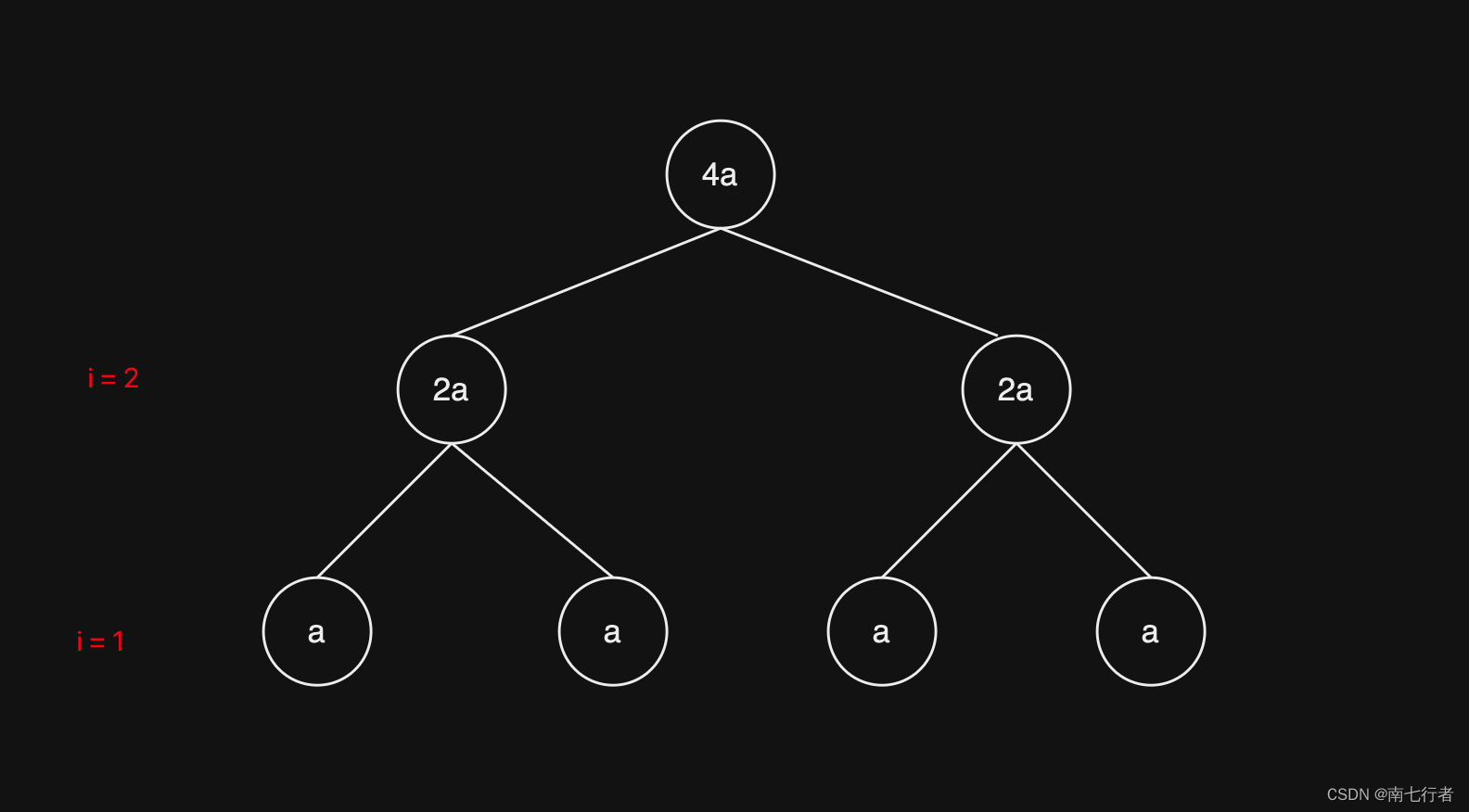
- i = 1:有 k 2 \tfrac{k}{2} 2k对合并,每对合并涉及2a个节点。
- i = 2:有 k 4 \tfrac{k}{4} 4k对合并,每对合并涉及4a个节点。
- 每一层的计算: k 2 i \tfrac{k}{2 ^ i} 2ik * 2 i ∗ a 2^i *a 2i∗a = k ∗ a k * a k∗a
- 层数为树高:叶子节点为k(k个链表),树高为logk。
- 因此,时间复杂度为:O(aklogk)。k个链表一共有n个节点,所以,a简化为 n k \tfrac{n}{k} kn,时间复杂度简化为:O(nlogk)
1.3.2 空间复杂度
- 递归调用,栈深度为树高,因此,空间复杂度为O(logk)
2、优先队列
- 给定一组元素,使得队列的头是最小/大元素。
2.1 PriorityQueue的使用
public class Main {
public static void main(String[] args) {
ListNode listNode1 = new ListNode(2);
ListNode listNode2 = new ListNode(1);
listNode1.setNext(listNode2);
// 小根堆
Queue<ListNode> queue = new PriorityQueue<>(Comparator.comparingInt(ListNode::getVal));
// 将指定的元素插入到此优先级队列中。(相当于offer()方法)
queue.add(listNode1);
queue.add(listNode2);
while (!queue.isEmpty()) {
// 检索并删除此队列的头,如果此队列为空,则返回 null 。
System.out.println(queue.poll());
}
}
}
/*
ListNode(val=1, next=null)
ListNode(val=2, next=ListNode(val=1, next=null))
*/
- 既然要对元素进行排序,要么元素的类实现了Comparable接口(这个要求较高),要么就传入一个自定义的Comparator(这个更灵活)。
2.2 本题代码
/**
* Definition for singly-linked list.
* public class ListNode {
* int val;
* ListNode next;
* ListNode() {}
* ListNode(int val) { this.val = val; }
* ListNode(int val, ListNode next) { this.val = val; this.next = next; }
* }
*/
class Solution {
public ListNode mergeKLists(ListNode[] lists) {
if (lists.length == 0) {
return null;
}
ListNode dummy = new ListNode(), p = dummy;
Queue<ListNode> queue = new PriorityQueue<>((node1, node2) -> node1.val - node2.val);
for (int i = 0; i < lists.length; i++) {
if (lists[i] != null) {
ListNode tmp = lists[i];
while (tmp != null) {
queue.add(tmp);
tmp = tmp.next;
}
}
}
while (!queue.isEmpty()) {
ListNode node = queue.poll();
p.next = node;
p = p.next;
}
p.next = null; // 合并升序链表问题,别忘了处理尾节点,否则链表可能成环。
return dummy.next;
}
}
2.2.1 进一步优化
没必要一次性将所有node都加入优先队列。
class Solution {
public ListNode mergeKLists(ListNode[] lists) {
if (lists.length == 0) {
return null;
}
ListNode dummy = new ListNode(), p = dummy;
Queue<ListNode> queue = new PriorityQueue<>(lists.length, (node1, node2) -> node1.val - node2.val);
for (ListNode head : lists) {
if (head != null) {
queue.offer(head);
}
}
while (!queue.isEmpty()) {
ListNode node = queue.poll();
p.next = node;
p = p.next;
if (node.next != null) {
queue.offer(node.next);
}
}
p.next = null;
return dummy.next;
}
}
2.3 分析这种解法的时空复杂度
2.3.1 时间复杂度
- 一个k个链表,总共有n个节点。
- 每个节点都会offer和poll优先队列各一次。
- 每次的时间复杂度为O(logk):队列中最多k个元素,组成的树高为logk。
我们这里用到的优先队列,本质是小根堆,即一种特殊的完全二叉树。一棵由k个元素组成的完全二叉树,其树高为logk。
- 因此,时间复杂度为O(nlogk)
2.3.2 空间复杂度
- 队列中最多k个元素,因此空间复杂度为O(k)


